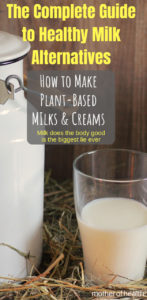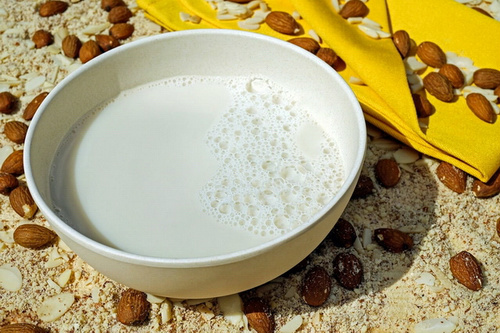Healthy Milk Alternatives
Soy
Grain
Nut and Seeds
To decide which healthy milk alternatives are best for your particular needs, here are your options:
Soy Milk
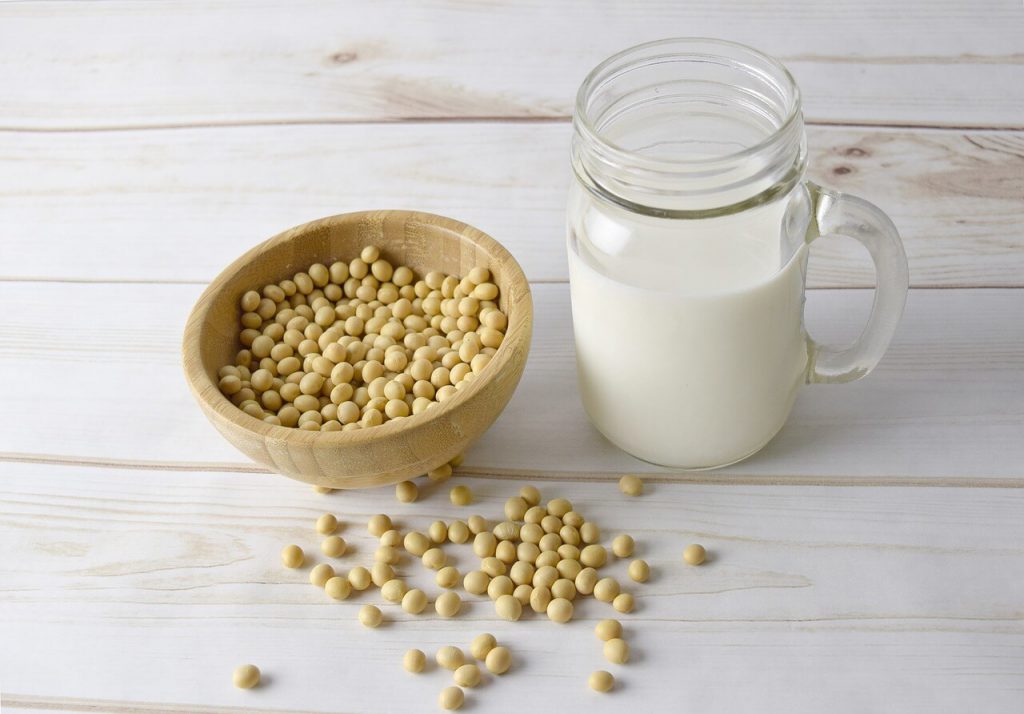
Grain Milk
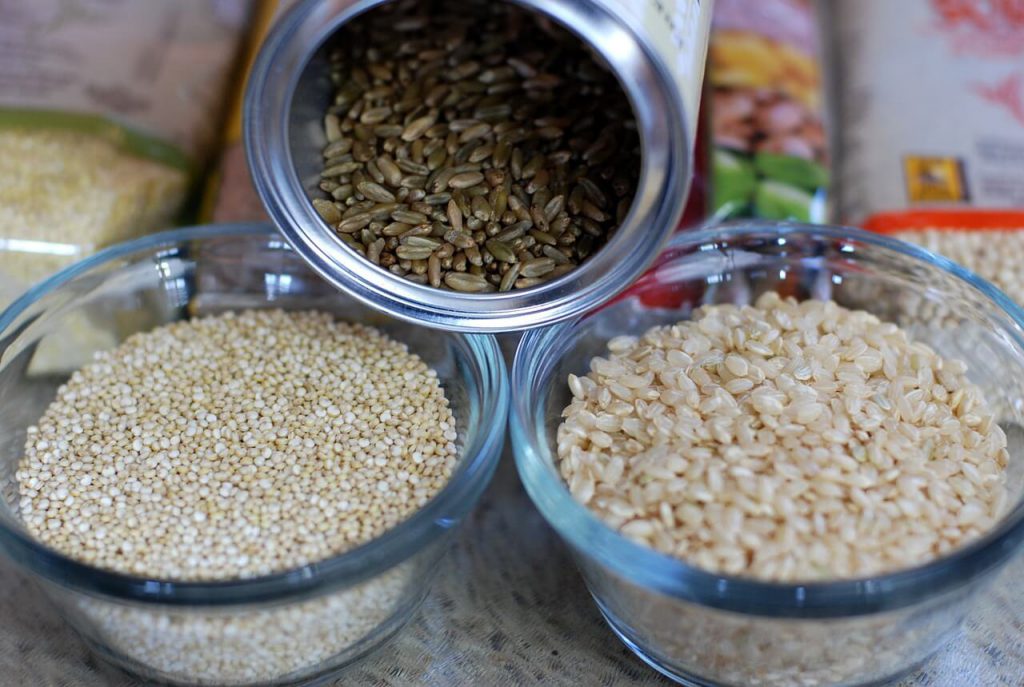
Nut or Seed Milk
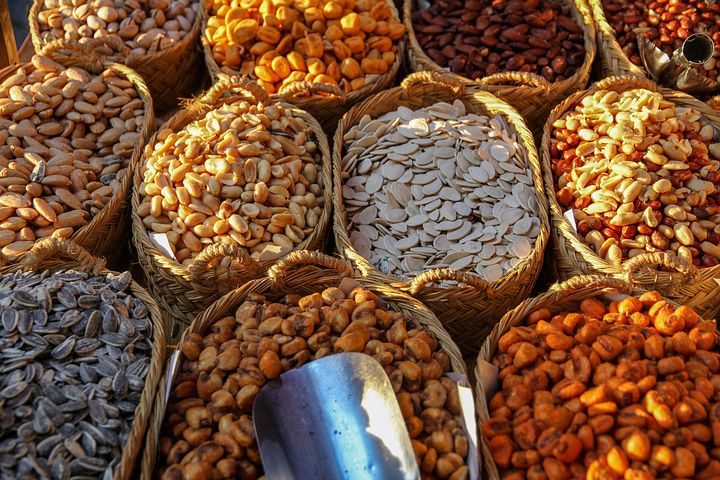
Advantages and Disadvantages of Dairy Milk Alternatives
Soy Milk
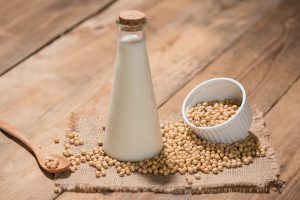
Finally, most soy products consumed in the West are GMOs grown with masses of artificial fertilizers and pesticides. And even if you believe genetically modified plants are safe, you can't say the same for fertilizers and pesticides, which remain on the soybeans.
Soy Cream
Grain-Based Milk
Oat Milk
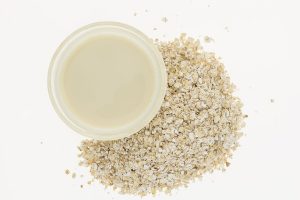
Rice Milk
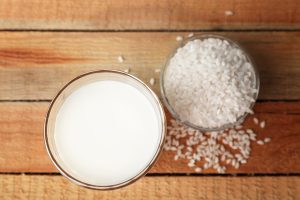
Mixed Grain Milk
Seed Milk

Quinoa Milk
Hemp Milk
Flax Milk
Sunflower Milk
Sunflower can also be tough to find in your market, so you may need to make it yourself.
To Make Sunflower Milk
Blend 1/4 seeds to 3/4 water and strain.
Nut Milk
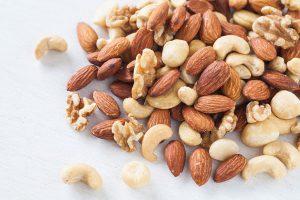
Coconut Milk & Cream
Coconut Cream
Cashew Milk and Cream
Cashew Cream
Hazelnut Milk
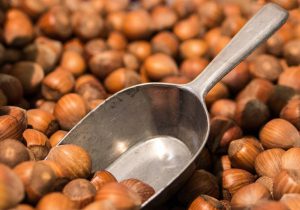
Almond Milk
Making Healthy Milk Alternatives at Home
If you want the freshest, more pure and delicious milk, create your own. Packaged products have a longer shelf life, are more convenient, but they also have additives, and there's no comparison regarding taste.
Here is the primary method for preparing plant-based milk:
- Soak solid ingredients
- Rinse
- Cook if necessary (most grains make better milk if cooked)
- Combine solids with water in a high-speed blender or food processor
- Strain (if you choose)
Begin by soaking your solid ingredients by covering them with a few inches of water. Let them soak overnight or for at least 8 hours, (softer grains, like oats, can soak for just a few hours.) Then rinse and drain.
If you are making a grain-based milk, it is recommended you cook the grain for a better flavor.
You can adjust the ration of raw materials to water to your liking. For a more flavorful, creamy milk use a 1:2 ratio. If you desire a thinner consistency and more mildly flavor use a 1:4 ratio. For instance, when I make almond milk I soak 1 cup almonds overnight. In the morning I strain and rinse, then add them along with 4 cups of water to my high-speed blender. In general, the less water you use, the thicker and more flavorful your milk will be.
The Equipment
- A large bowl or pitcher with a wide mouth
- Blender or food processor: High-speed blenders are most effective
- A nut bag, fine strainer, unused pantyhose, or cheesecloth: A nut bag works best
- Optional but helpful – A soy milk machine, such as the Presto Pure Soy, Almond, Rice, Quinoa Milk Maker.
The Solid Ingredients
- Soybeans
- Quinoa
- Oats
- White and brown rice
- Hazelnuts
- Almonds
- Walnuts
- Pecans
- Cashews
- Sunflower seeds
- Flaxseeds
- Pumpkin seeds
- Hemp seeds
- Coconut
Recommended Plant-Based Milk Cookbook
I highly recommend this cookbook if you want delicious plant-based milk recipes. It is the bible of milk alternatives, helping you prepare, select, and cook all varieties.
The first section of the book provides instructions for making an incredible range of non-dairy milk, followed by suggestions for use. Then dive into recipes for breakfast, lunch, and dinner; sweets and breads; and smoothies and drinks. Each recipe specifies the ideal type of non-dairy milk, and most alternatives, so you can tweak them for your dietary needs and taste preferences.
